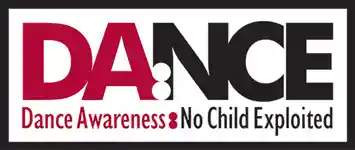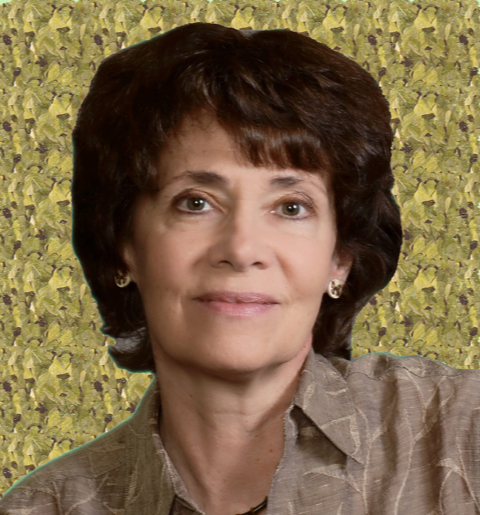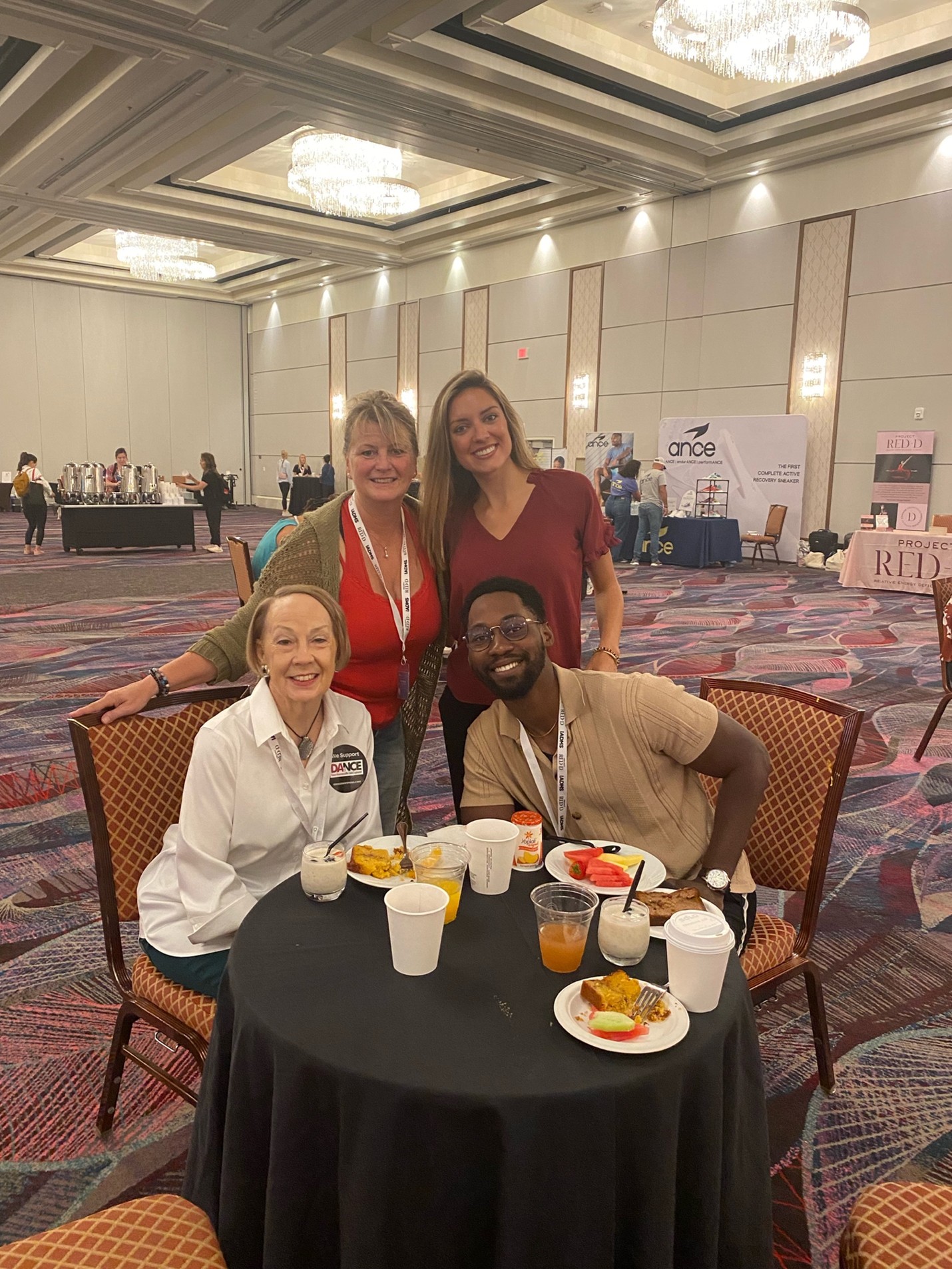Growing up, I learned to split the light and dark sides of life. My conscious self lived in the light, while my unconscious self lived in the dark. Because no one in my conscious life spoke of this darkness, I too learned to never speak of it and ultimately to forget it entirely. I was in medical school when I first met people who spoke openly about these darker elements of self and society, which is when I began to remember this reality, and I began to heal.
When we don’t speak of our experiences with our mouths, we will convey our true life stories through body language. We will re-create our traumas—physically, emotionally, mentally, and relationally—the way young humans share what they’ve endured. We will also avoid our traumas—physically, emotionally, mentally, and relationally—the way young humans say, “No!” to what has been a bad experience. The automatic re-creation and avoidance of trauma are the two symptom categories of post-traumatic stress.
I delete the commonly used term “disorder” to post-traumatic stress because I see traumatized people as injured, not disordered. Having given up my medical license many years ago, I also no longer give diagnoses. My delineations of PTS symptoms are also a little different from official textbooks (please see the Diagnostic and Statistical Manual of Psychiatry-5-TR). I like simplicity!
Let’s look at how these two symptom categories of PTS might manifest in those involved with children’s dance. These traumatized people will tend to re-create their traumas with children:
Physically: Someone with unresolved sexual trauma might guide children into provocative clothes and sexual movements as an indirect way of sharing her own story of being sexualized as a child.
Emotionally: An abuse survivor may manipulate children to feel the feelings that are typically unconscious within him. For example, he may be verbally abusive and bully children into dancing to sexual songs, so they feel his unexpressed fear, anger, or sadness. He may manipulate kids into compromising their own or their families’ values, so they feel guilt and shame, feelings that are submerged within him.
Mentally: A traumatized dance instructor may share her trauma-learned mindset with the children. She might assert, “Hyper-sexualized dance is fun for kids and perfectly normal—just go to TikTok if you have any doubts!”
Relationally: A victim of childhood grooming will tend to groom others in a similar manner. He may slowly groom children and their families to become accustomed to sexualized dancing. Making this sexual focus in gradual steps seem OK, he may then move on to actual sexual activities with children.
Also, when “adults” seek to rush a child’s development, demanding sexual movements before he or she has passed through puberty, it may be because they themselves are developmentally delayed, psychologically speaking. They are pushing each child’s development because they themselves need to be pushed in their psychological growth. They need to accelerate the maturation of their own hearts and minds. When they slowly lead children into the darker elements of our world, it is typically because they themselves need to go there to heal their own traumatic wounds and recover the wounded children that still exist within them.
The other symptom category of post-traumatic stress is avoidance of anything that reminds these traumatized souls of their unresolved traumatic experiences. These avoidance symptoms also fit within four sub-categories:
Physical: It can be painful for a traumatized person to watch children dance with abandon—free of care—when her own movements in childhood led to predators seeking her out and violating her. As a result, she may feel uncomfortable with healthy children’s dance, as it reminds her of whom she once was before the trauma.
Emotional: A sexual abuse survivor may feel numb to the traumatic injuries to kids caused by their participation in hyper-sexualized dance. This survivor is equally insensitive to the emotional pain expressed by the choreographers of these dances and the dance instructors that participate.
Mental: A traumatized adult may watch hyper-sexualized dance in children and won’t see anything wrong with it, or he may not see it at all! The recognition of children being exploited is just too painful to register since it reminds him of his own exploitation!
Relational: Someone with unresolved trauma may avoid confrontation, not wanting to upset anyone by speaking out against hyper-sexualized dance for kids. She may merely take her children to another studio or hope there will be no lasting effect to the occasional sexualized dance. After all, most people seem OK with it! And yes, most people have some unresolved trauma that they are re-creating, avoiding, or both!
In summary, when we encounter the darkness of our world too early in life, we are traumatized by it—physically, emotionally, mentally, and/or relationally. Those who are not allowed to speak of their abuse experiences will share the truth of their lives through their behavior. Asking children to dance in a sexual manner is an acting out of unresolved sexual abuse.
We would do well to screen adults who participate in, promote, or profit from hyper-sexualized dance in children for the full range of post-traumatic stress symptoms, both those that re-create and avoid their yet-to-be-resolved trauma. They might then be led into embracing that still wounded child within them. With professional help, they can heal the obvious hurt that remains within them that they have been acting out with the children.
When these traumatized souls give their wounded inner children what they need to recover, they no longer feel compelled to bring a child where some part of them is stuck. They can be with children based on each child’s needs and not their own “need” to tell their yet-to-be-healed true life story. Each dance instructor can then wholly support child dancers in movements that are natural to them. With such heartfelt support, the full rainbow of spectacular human qualities can emerge within each child. These kids can then creatively and uniquely express all that they are through dance.
 Bio
Bio
Anne Redelfs, MD, Dallas, TX, is a graduate of Tulane Medical School where she was a resident for two years in pediatrics and three years in psychiatry. She has written four books and contributed to many others, helping readers to understand the process of human soul development and the trauma that so often interferes. She enjoys speaking on these topics.
Anne calls herself a gardener of the soul, helping clients to discern what their souls are saying through symptoms, injuries, relationship struggles, or any difficulty. She has vast knowledge of trauma, addiction and environmental problems as they relate to the mind, body and soul.



